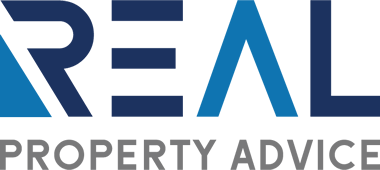When it comes to investment property most investors focus on either the purchase price or the rental return and forget other costs like the mortgage (loan), rates, management and insurance.
There are more factors to consider when doing your due diligence and cash flow analysis on an intended property and one that is most often overlooked is the total cost of holding.
Total Cost of Holding Investment Property (TCH) considers the costs associated with management, maintenance, finance, repairs and ownership of the property. (This figure does not take into account the difference between the intended growth potential on one property as compared to another. That is called Opportunity Cost.)
The TCH is not often looked at in detail by investors when they do their due diligence. It is very possible to enter all the associated costs into your spreadsheet program and still miss the key figure:
What does this property cost me to hold, as an overall percentage of income?
Many years ago we developed an excel spreadsheet that worked out how many unencumbered properties you need to derive an income in future dollars, based on how many years until you wanted to realise that income (i.e. holding time). It went on to calculate what the income might need to be, due to inflation figures and what the possible value of the properties may be etc.
One of the factors in the calculations was TCH on the property.
The figures we researched and used were based on an average rental yield of 5% (of property value). This is an achievable figure in most markets in QLD and was where most of our monitored properties were based at the time.
Of the rent it would take approximately 33% of rental income (or 1.66% of property value) to cover the associated costs, not including the loan (TCH before Loan). Another way to put it was the total costs of owning the property debt free.
The figure of 33% can vary substantially from property to property but it was an average from our years of monitoring client’s assets. It was confirmed to me this week when I received an email from a property software company with stats about the averages of the properties monitored under the software. It stated 32.60% of rent is spent on owning the property (not including the interest on loan; TCH before Loan).
It might be a sobering thought for you to know 1/3 of your rent is going towards ownership costs.
Let’s look at this a different way:
Total rental return on the property 5%
TCH before Loan 1.66% (1/3 of rental income)
Net income before debt 3.34%
So in real terms, you loose a 1/3 of your rental income to other costs, before you even start to pay your loan!
This is a very simplistic way of looking at the figures as there are other factors you will consider like tax advantages. However, if you are buying an investment property primarily for the tax benefits, then you are doing it wrong.
There is no point in purchasing an investment property unless you know full well, what you are up for and how it all works.
Make sure you check your sums and your TCH figures are ones that you are comfortable with. If they stray too far outside of the normal 1/3 associated costs, then dig around to find out why.
Scott has been instrumental in bridging the gap between financial planning and traditional real estate transactions through his property advice model. By carefully considering his clients’ goals and planning for market changes via demographics and trends, Scott designs a future proof outcome not only specific to the client’s needs but dynamic in its execution with performance indicators and exit strategies built in.


